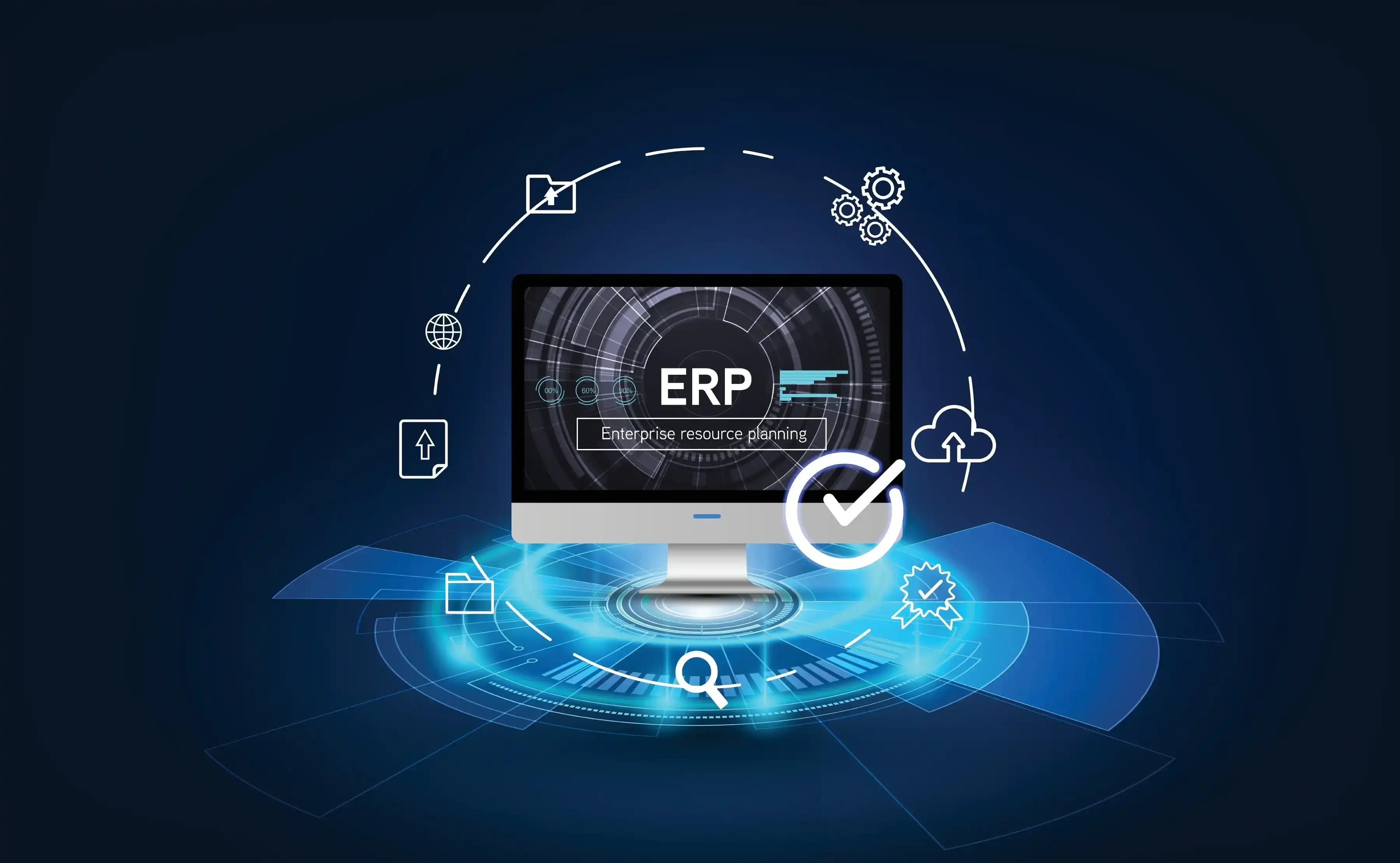
1. AI and Machine Learning Integration
AI and machine learning (ML) are revolutionizing ERP systems by enabling predictive analytics, process automation, and intelligent decision-making. Businesses are increasingly using AI-powered ERP for:
- Automating routine tasks like invoice processing and inventory management.
- Enhancing demand forecasting with real-time data analysis.
- Improving customer insights through AI-driven data modeling.
Companies adopting AI-enabled ERP can expect faster workflows, reduced human errors, and better data-driven decisions.
2. Cloud-Based ERP Adoption Continues to Rise
More businesses are moving from on-premise ERP to cloud ERP due to its cost-efficiency, scalability, and remote accessibility. Cloud ERP benefits include:
✔ Lower upfront costs and reduced IT infrastructure needs.
✔ Automatic updates and enhanced security managed by providers.
✔ Greater flexibility for remote work and multi-location businesses.
By 2025, hybrid cloud ERP will also gain traction, allowing businesses to maintain on-premise control while benefiting from cloud-based scalability.
3. ERP and IoT Integration for Smarter Operations
The Internet of Things (IoT) is transforming ERP systems by enabling real-time data collection from smart devices, sensors, and industrial equipment. Benefits of IoT-integrated ERP include:
- Optimized supply chain management with real-time tracking.
- Improved asset management through predictive maintenance.
- Increased efficiency in manufacturing with automated monitoring systems.
Industries like manufacturing, logistics, and healthcare will heavily adopt IoT-driven ERP solutions in 2025.
4. Enhanced Cybersecurity Measures in ERP Systems
As cyber threats become more sophisticated, businesses are prioritizing ERP security. The top ERP cybersecurity trends for 2025 include:
✔ Zero Trust Security Models – Ensuring that only authenticated users can access ERP data.
✔ Advanced Encryption & Multi-Factor Authentication (MFA) – Protecting sensitive business information.
✔ AI-driven threat detection – Identifying and mitigating cyber risks in real time.
By strengthening ERP security, businesses can safeguard their financial data, customer records, and intellectual property.
5. Personalized and Industry-Specific ERP Solutions
Generic ERP solutions are being replaced by customized ERP systems tailored to specific industries. In 2025, we’ll see:
- Manufacturing ERP with real-time production tracking.
- Healthcare ERP ensuring HIPAA compliance and patient data security.
- Retail ERP optimizing eCommerce and omnichannel sales.
Industry-specific ERP solutions help businesses improve operational efficiency, regulatory compliance, and customer experience.
6. ERP and Blockchain for Transparent Transactions
Blockchain technology is being integrated into ERP systems to improve:
✔ Supply chain transparency – Tracking goods from production to delivery.
✔ Secure transactions – Preventing fraud and unauthorized changes to financial records.
✔ Smart contracts – Automating agreements between suppliers and buyers.
As blockchain adoption grows, ERP systems will become more secure and efficient in handling business transactions.
Comparison of Key ERP Trends for 2025
| ERP Trend | Key Benefits | Industries Benefiting |
|---|---|---|
| AI & Machine Learning | Automates tasks, improves decision-making | All industries |
| Cloud-Based ERP | Scalable, cost-effective, remote-friendly | SMBs, Enterprises, Global Firms |
| IoT Integration | Real-time data collection & asset tracking | Manufacturing, Logistics, Healthcare |
| Enhanced Cybersecurity | Protects sensitive business data | Finance, Healthcare, Retail |
| Industry-Specific ERP | Customized for business needs | Manufacturing, Retail, Healthcare |
| Blockchain ERP | Increases transparency & security | Supply Chain, Finance, Legal |
Conclusion: Future-Proof Your Business with the Right ERP Trends
In 2025, ERP systems will be smarter, more secure, and industry-focused. Businesses should consider AI automation, cloud-based solutions, and enhanced cybersecurity when choosing an ERP system. Keeping up with these trends will help companies streamline operations, reduce costs, and improve decision-making in the competitive digital landscape.
